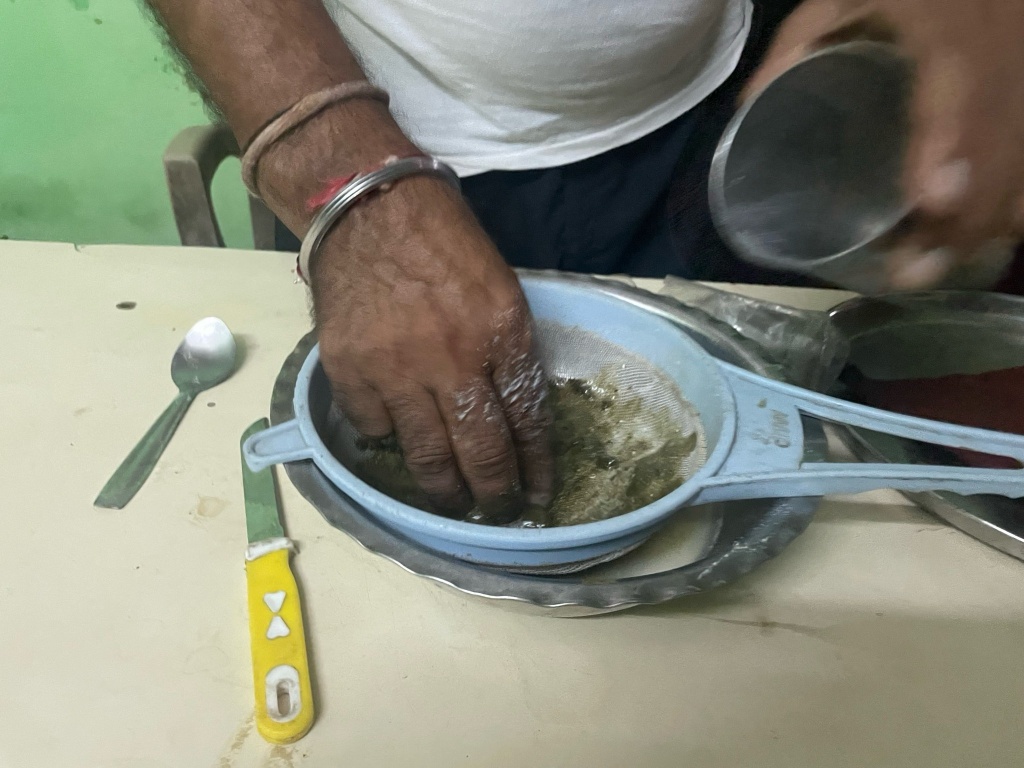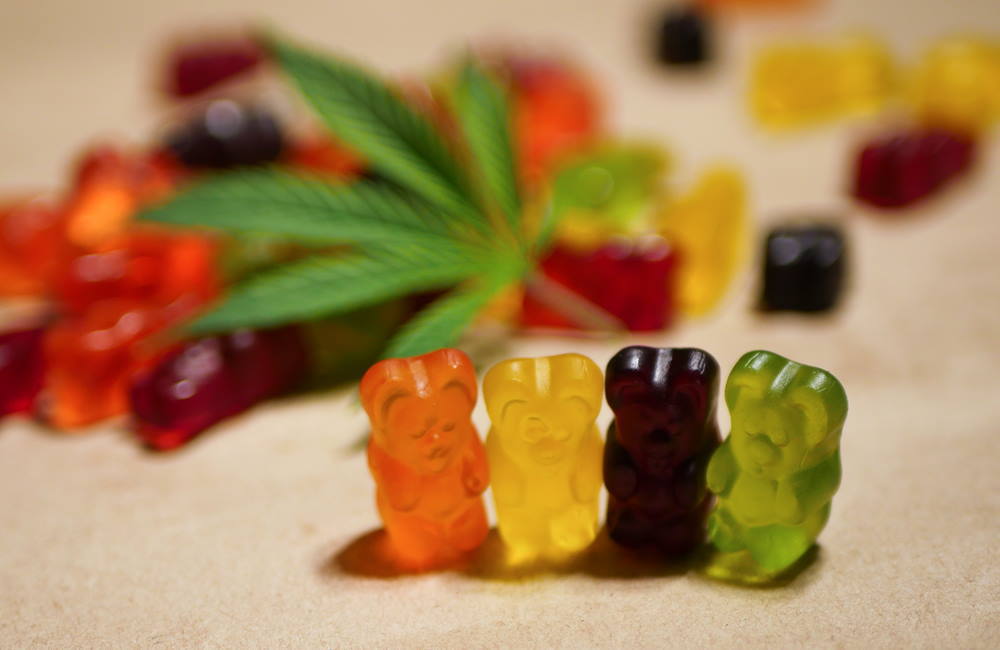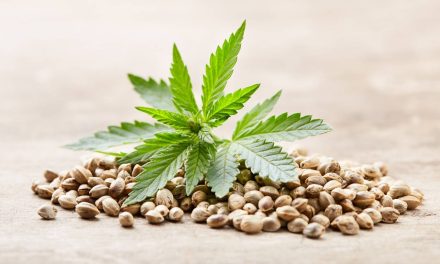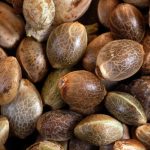A Short History of Cannabis Edibles
Cannabis edibles have a rich and fascinating history that spans centuries and cultures. From ancient civilizations to modern-day culinary creations, the journey of cannabis-infused foods is as diverse as it is intriguing.
Ancient Beginnings
- Early Use in India: One of the earliest known uses of cannabis edibles dates back to ancient India, where a traditional drink called bhang was made. Bhang, a mixture of ground cannabis leaves, milk, and spices, was consumed during religious ceremonies and festivals.
- Chinese Medicine: In ancient China, cannabis was used for its medicinal properties. While not specifically edibles, cannabis-infused teas and other preparations were common in traditional Chinese medicine.

Bhang being made
Middle Ages and Renaissance
- Arab World: During the Middle Ages, cannabis edibles gained popularity in the Arab world. Hashish, a concentrated form of cannabis, was often mixed with sweets and consumed for its psychoactive effects.
- Europe: Cannabis made its way to Europe through trade routes. While not as widely used in edibles, it was incorporated into various medicinal concoctions.

Hashish being mixed into sweets
Modern Era
- 20th Century America: The modern history of cannabis edibles in the United States began in the early 20th century. Cannabis-infused foods were popularized by the counterculture movement of the 1960s and 70s. Alice B. Toklas, a cookbook author, famously included a recipe for “Haschich Fudge” in her 1954 cookbook, which became an iconic reference for cannabis edibles.
- Legalization and Innovation: With the legalization of medical and recreational cannabis in various states, the market for cannabis edibles has exploded. Today, you can find a wide range of products, from gummies and chocolates to beverages and gourmet dishes.
Key Milestones
- 1996: California became the first state to legalize medical marijuana, paving the way for the development of cannabis edibles for patients.
- 2012: Colorado and Washington became the first states to legalize recreational marijuana, leading to a boom in the cannabis edibles market.
- Present Day: The cannabis edibles industry continues to grow, with innovations in dosing, packaging, and culinary techniques making edibles more accessible and enjoyable.

Gummies
The Evolution of Cannabis Edibles
- Early Innovations: Early cannabis edibles were often homemade and lacked precise dosing. As the industry evolved, so did the methods for creating consistent and safe products.
- Modern Techniques: Today, cannabis edibles are made using advanced extraction methods to ensure accurate dosing and high-quality products. Infused oils, butters, and tinctures are commonly used in recipes.
- Diverse Offerings: The variety of cannabis edibles available today is astounding. From traditional brownies and cookies to savory snacks and beverages, there’s something for everyone.
Conclusion
Cannabis edibles have come a long way from their ancient roots. They have evolved from traditional preparations to sophisticated products that cater to a wide range of tastes and preferences. As legalization continues to spread, the future of cannabis edibles looks bright, with endless possibilities for innovation and enjoyment.













